Once upon a wine: our new Discovery wine series

As discerning travellers know, discovery lies not only in new sights, but in new flavours and aromas. That’s why we’re thrilled to guide you on a journey through our latest Discovery wine series.
From April 2025, we’ll be introducing our new inflight wine collection, which celebrates many of the world’s lesser-known grape varieties. Hailing from France, Hungary, Georgia, Portugal and Austria, each has a story as rich as its flavour.
“This selection represents our quest to bring the genuinely extraordinary to our passengers,” says Ronald Khoo, Cathay’s Wine, Spirits & Beverage Manager. “We’ve sought out producers who specialise in grape varieties that rarely appear on international wine lists, yet offer remarkable drinking experiences.”
First class passengers will be able to sample the ancient Prunelard grape, nearly extinct until recent revival efforts. In the expert hands of Château de Haute-Serre in Southern France, it produces a luscious, fruity wine of exceptional quality.
The First class offering continues with the Tinta Roriz, a grape indigenous to Portugal; and the Furmint, grown in Hungary for centuries and perfect for producing sweet and dry wines.

In our Business cabins, passengers will discover Austria’s Zweigelt, a variety developed in 1922 that has quickly become the country’s flagship red grape; as well as the Bourboulenc grape, an ancient variety thought to have first been introduced to France by the Greeks.
Yet perhaps most intriguing is the Saperavi. This Georgian grape is fermented in traditional clay vessels, continuing an 8,000-year-old winemaking tradition in Georgia.
“The Georgian selection particularly resonates with our programme’s ethos,” Khoo notes. “Here’s a grape variety and winemaking method that predates most civilisations, but still remains largely unknown to many wine enthusiasts. It offers a true taste of living history.”
While each wine in our new Discovery series was selected for its exquisite flavour profile – perfectly expressed even at 35,000 feet where our sense of taste changes with the altitude – the unique story that accompanies them makes for an even more exceptional tasting experience.
“Today’s wine enthusiasts are increasingly curious and adventurous,” observes Khoo. “They appreciate the opportunity to discover something genuinely new.
“We could easily feature recognisable names that passengers already know,” he adds. “However, the true luxury we offer is access to remarkable wines that tell compelling stories about heritage, innovation and place.
“When you appreciate that the Bourboulenc grape has been cultivated in the same Mediterranean landscape since Roman times, or that Saperavi represents one of humanity’s oldest agricultural traditions, each sip becomes a form of time travel.”
As we look forward to serving you these delectable wines during your next flight with us, you can begin your journey here with a closer look at the collection.
First Class (to be served on a rotational basis)
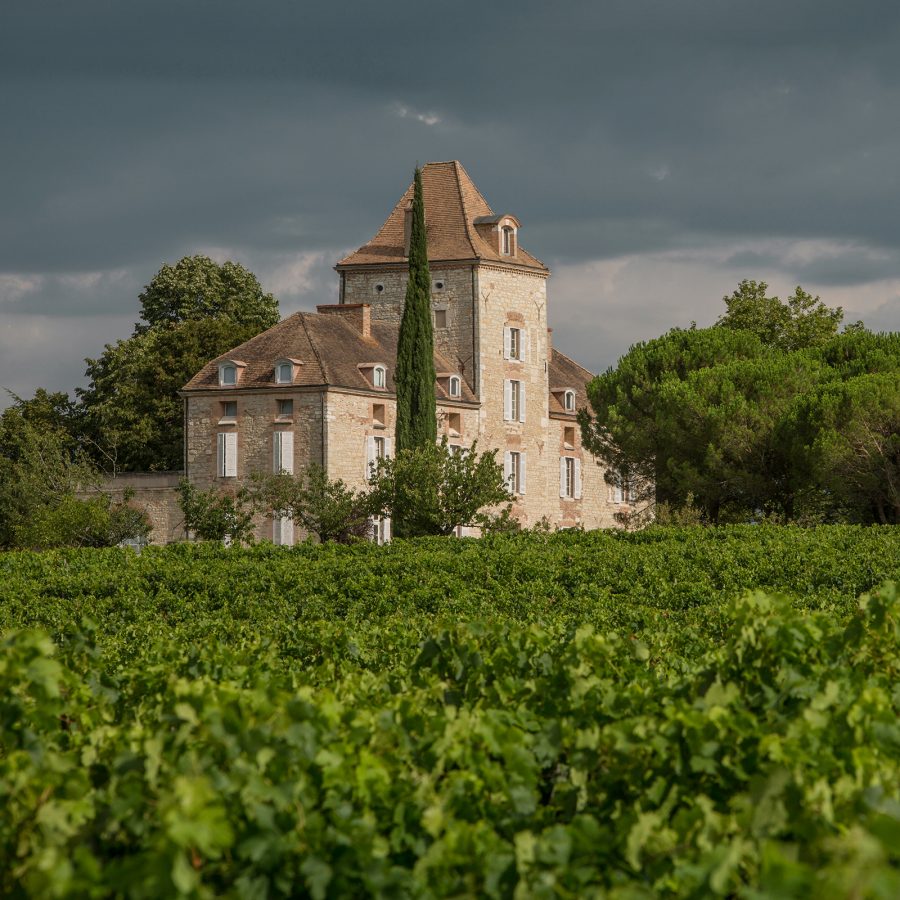

Opuscule de Haute Serre Prunelard 127 2021 (Côtes du Lot, France)
From the Château de Haute-Serre in France’s Côtes du Lot region comes this intensely rich wine, made using the Prunelard grape. An ancient ancestor of the Malbec, the once-nearly extinct grape variety has been brought back to prominence thanks to a decade-long effort by Malbec expert Bertrand-Gabriel Vigouroux.
At Haute-Serre, it’s carefully cultivated in iron-rich clay-limestone soil. The resulting wine is deep-coloured, with an enticing aroma of black fruit and prune, accompanied by delicate notes of light tobacco. On the palate, it reveals the distinctive flavours of pepper, blackcurrant and garrigue.
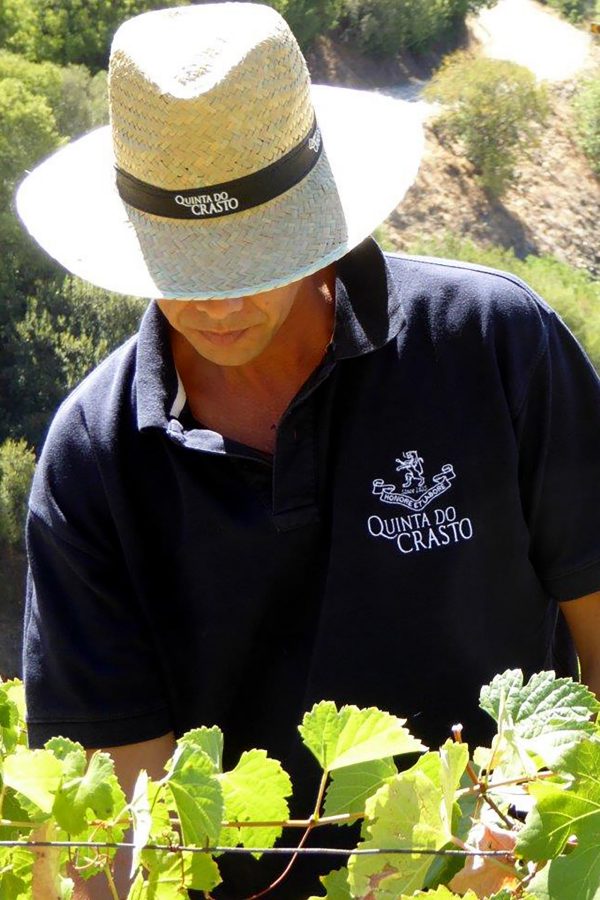
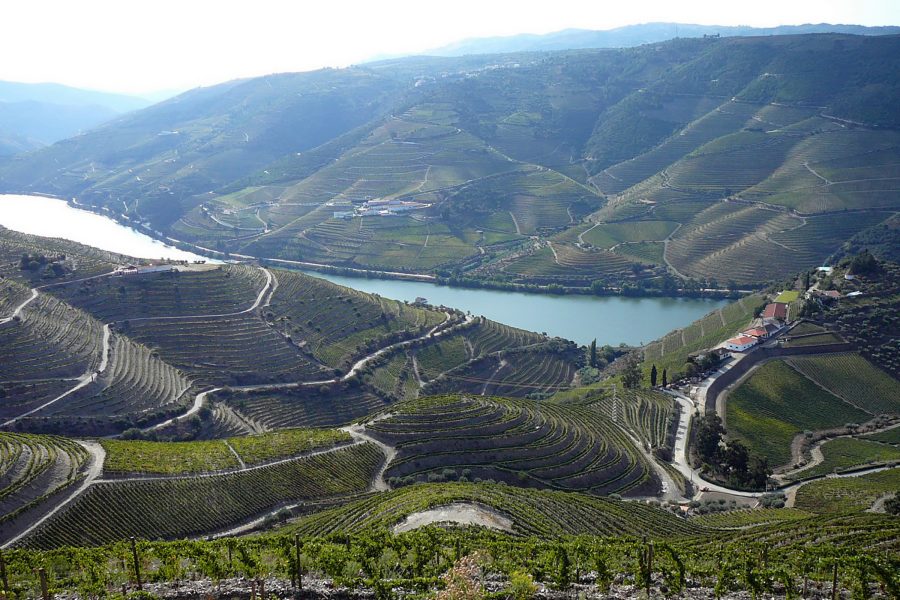

Quinta do Crasto Tinta Roriz 2018 (Douro, Portugal)
This single-varietal wine showcases Portugal’s Tinta Roriz grape, grown in the terraced vineyards of Quinta do Crasto estate in Portugal’s Douro Valley. Given that the challenging Tinta Roriz is used to produce vintages only when climate conditions allow it to achieve perfect ripeness, this wine represents the ultimate precision in viticulture and winemaking.
Deep ruby in colour, its intense aroma encompasses notes of cocoa, gum cistus and fresh wild berries. The flavour unfolds enchantingly, with a structure built around high-quality tannins that capture the true essence of Tinta Roriz.

Szepsy Furmint 2022 (Tokaj, Hungary)
While the Furmint grape was once best known for its use in the production of Hungary’s sweet wines, its popularity as a dry wine has skyrocketed. Produced in the Tokaj region – Hungary’s wine country – the Szepsy Furmint 2022 is an elegant white that represents both the ancient winemaking traditions of Hungary and the remarkable versatility of the Furmint.
It displays vibrant notes of green apple, citrus and stone fruit, with a distinctive minerality that reflects Tokaj's volcanic soils. Subtle spice notes enhance the flavour, while the finish contains hints of honey and nuttiness that will develop as the wine ages.
Business Class (to be served on a rotational basis)
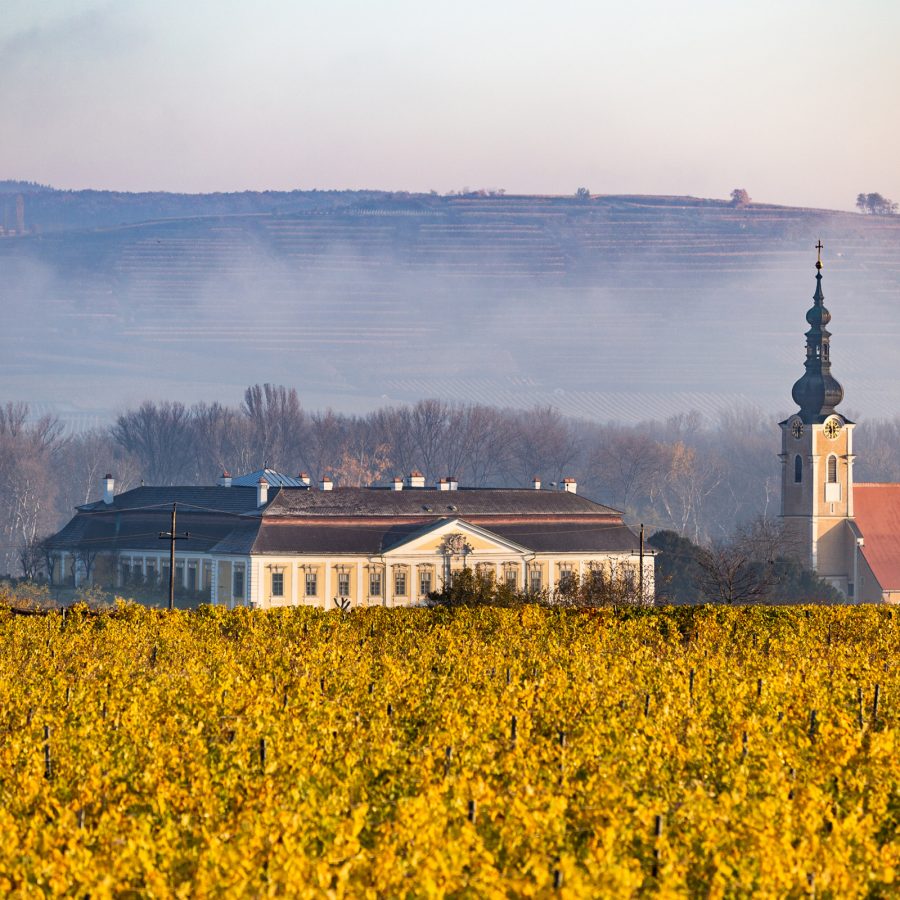
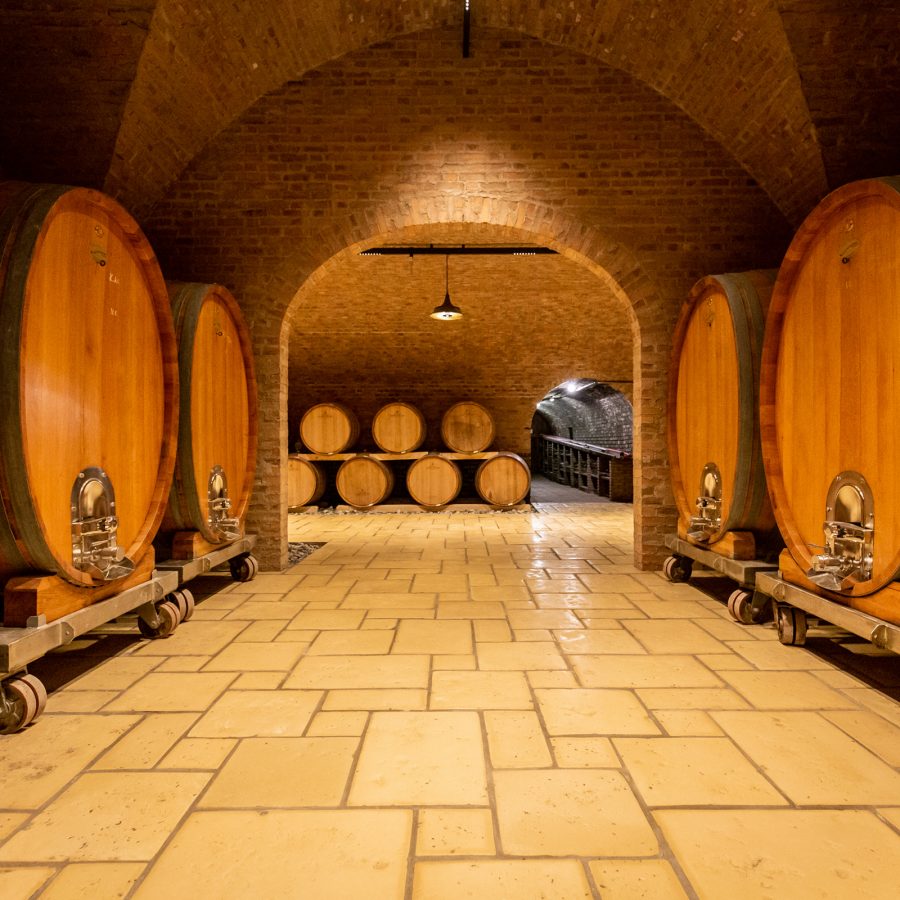
Domaene Gobelsburg Zweigelt 2022 (Niederösterreich, Austria)
Over the last several decades, the Zweigelt has developed a strong identity in Austria, becoming the country’s signature red grape. This elegant expression of the Zweigelt comes from the esteemed Domaene Gobelsburg winery in Austria’s Danube region, displaying a shiny ruby red colour with vibrant purple highlights.
On the nose, it reveals enticing fruitiness, with prominent cherry notes accompanied by a subtle spiciness. Its rich concentration and juiciness are balanced by a refreshing mineral acidity that leads to a spicy finish.

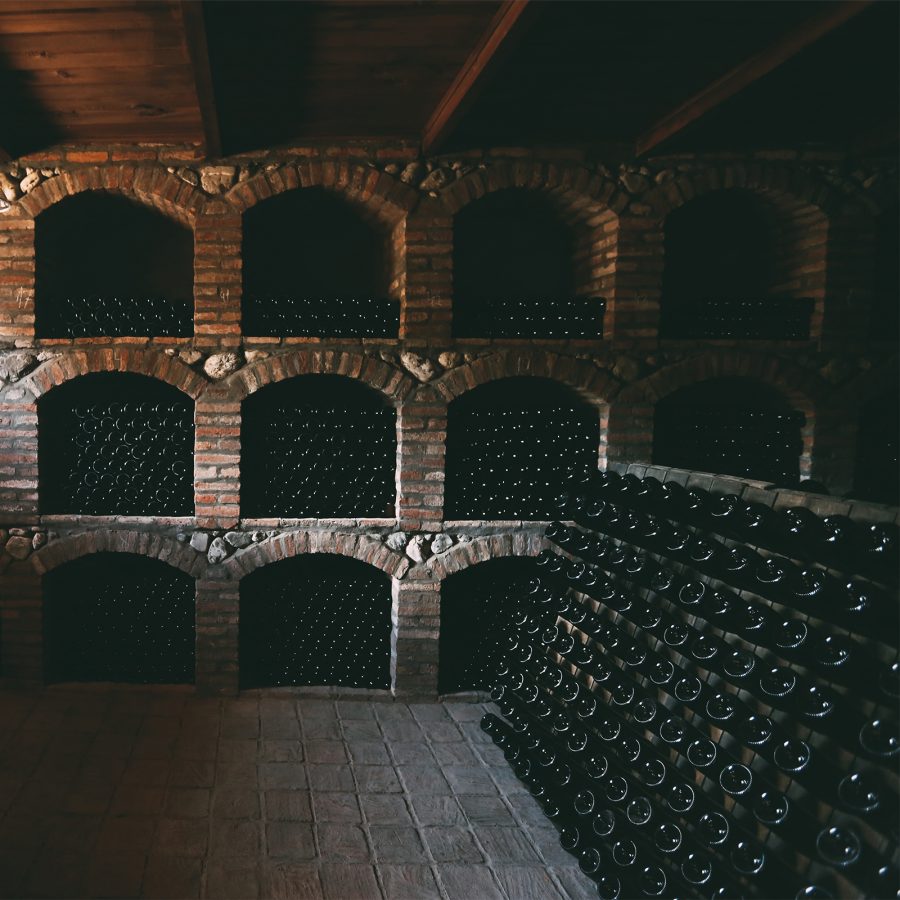
Orgo Saperavi 2023 (Kakheti, Georgia)
Georgia’s Saperavi grape is one of the world’s oldest grape varieties, its cultivation dating back some 8,000 years. In the picturesque Kakheti region, it’s still lovingly grown by Orgo, an artisan winery dedicated to preserving Georgia’s long winemaking tradition.
The Orgo Saperavi is crafted from grapes grown on 50-year-old vines and fermented in qvevri – clay vessels buried underground. Bursting with vibrant red fruitiness as well as earthy notes of black tea, it’s an ideal companion for roasted lamb, beef, and venison dishes.

Château l’Hospitalet Grand Vin 2023 (La Clape, France)
The historic Bourboulenc grape has been cultivated for centuries. At the Château l’Hospitalet, this variety is hand-harvested, gently pressed and fermented, then aged for seven to eight months. The result is a pale golden wine infused with scents of citrus, pear and white fleshy fruits, followed by garrigue, anise, and grilled hazelnuts. The palate is remarkably fine, with touches of white pepper and flint, and the finish delivers wonderful freshness with delicate notes of acacia honey.
More inspiration
- China – the Chinese Mainland, Hong Kong SAR, Macao SAR and Taiwan Region
- Hong Kong SAR - English
- Chinese Mainland (China) - English
- Taiwan China - English
- 香港特別行政區 - 繁體中文
- 中国內地 - 简体中文
- 中國台灣 - 繁體中文
- Africa
- South Africa - English
- Asia
- Bangladesh - English
- Korea - English
- Singapore - English
- Cambodia - English
- 한국 - 한국어
- Sri Lanka - English
- India - English
- Malaysia - English
- Thailand - English
- Indonesia - English
- Maldives - English
- ประเทศไทย - ภาษาไทย
- Indonesia - Bahasa Indonesia
- Myanmar - English
- Vietnam - English
- Japan - English
- Nepal - English
- Việt Nam - tiếng Việt
- 日本 - 日本語
- Philippines - English
- Australasia
- Australia - English
- New Zealand - English
- Europe
- Belgium - English
- France - Français
- Россия - Русский
- Denmark - English
- Ireland - English
- Schweiz - Deutsch
- Deutschland - Deutsch
- Italia - Italiano
- United Kingdom - English
- España - Español
- Nederland - Nederlands
- Middle East
- Bahrain - English
- Saudi Arabia - English
- United Arab Emirates and Qatar - English
- Israel - English





.renditionimage.450.450.jpg)

